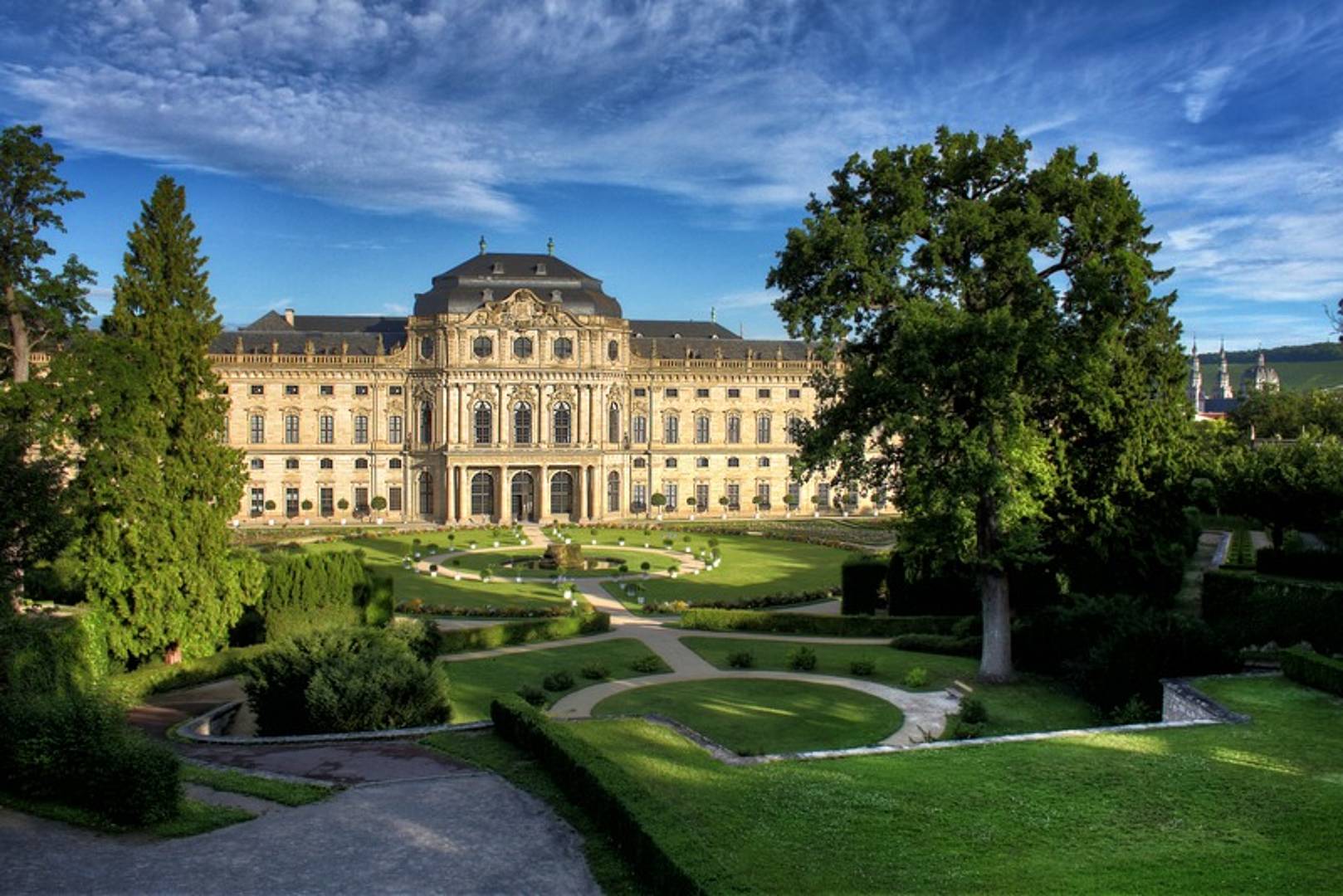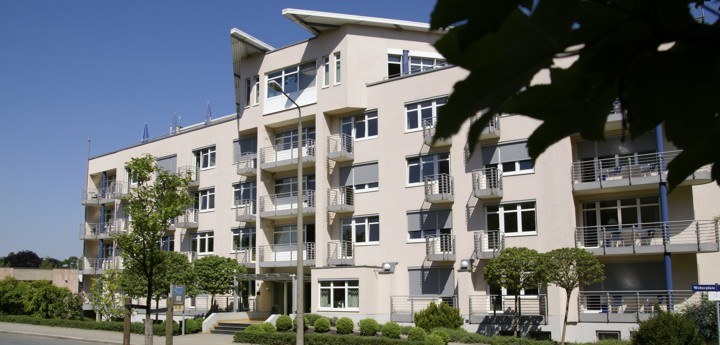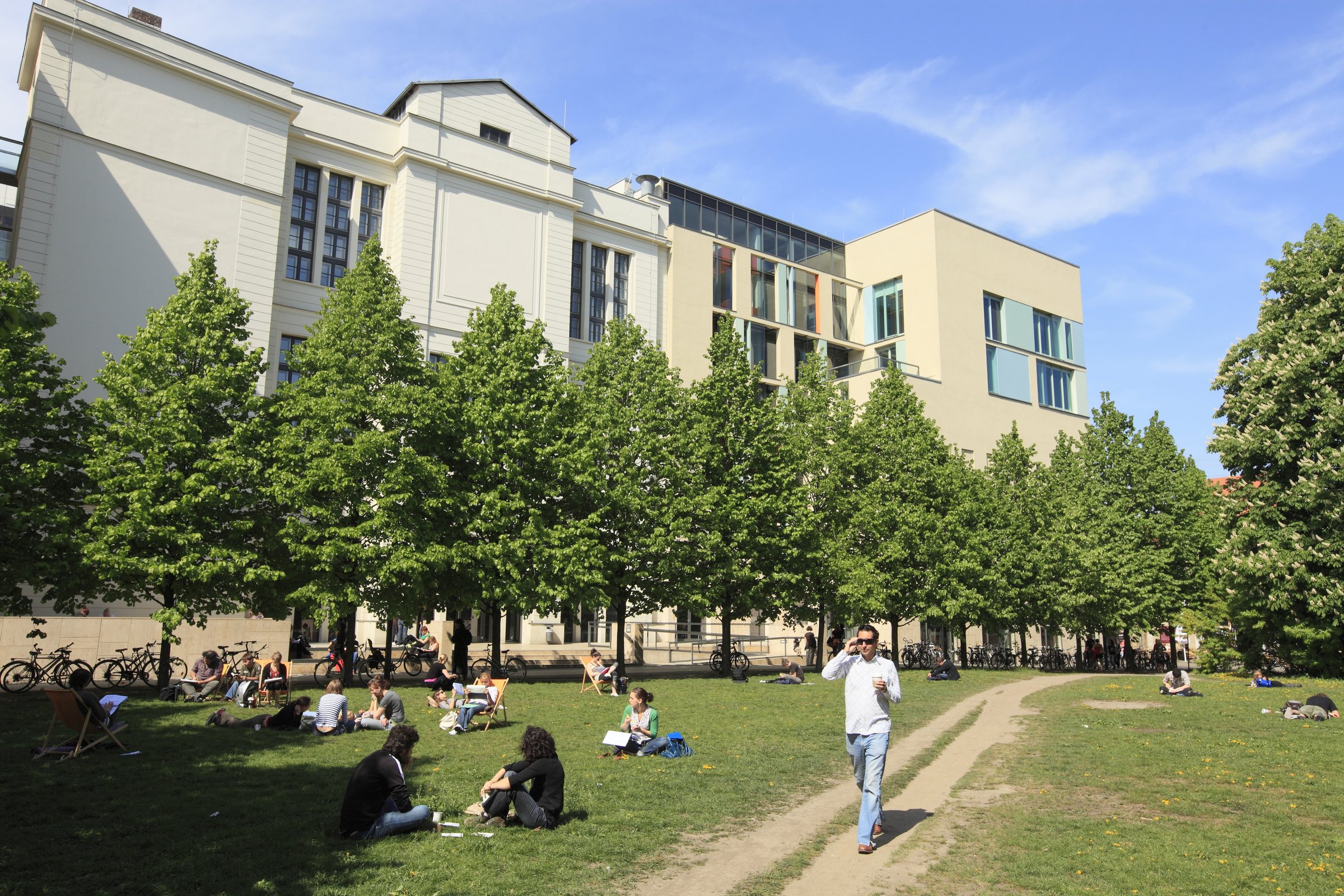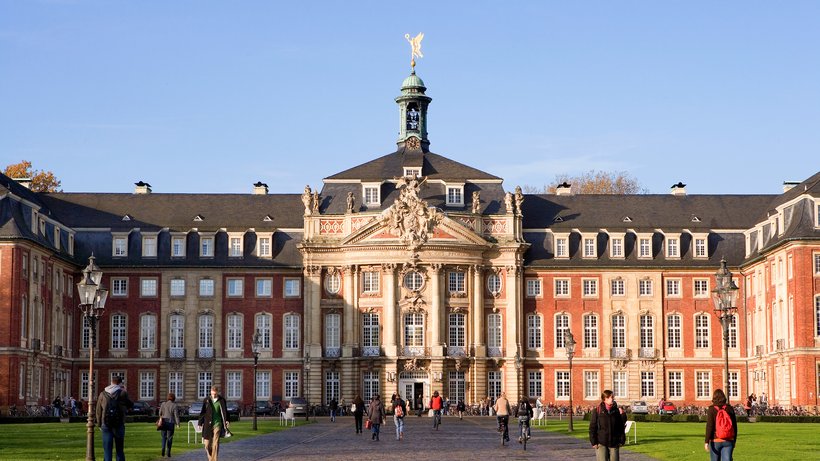
University Of Würzburg, Bayern, Germany
- Sanderring 2, 97070 Würzburg, Germany
- https://www.uni-wuerzburg.de/en/university/
- [email protected]
Rankings
QS: |
#23 |
TIMES: |
#13 |
QS: |
#22 |
TIMES: |
#16 |
US News: |
#11 |
ARWU: |
#15 |
QS: |
#25 |
TIMES: |
#16 |
US News: |
#12 |
QS: |
#27 |
TIMES: |
#18 |
ARWU: |
#19 |
QS: |
#32 |
TIMES: |
#19 |
US News: |
#15 |
ARWU: |
#21 |
QS: |
#31 |
TIMES: |
#19 |
US News: |
#15 |
ARWU: |
#14 |
QS: |
#31 |
TIMES: |
#19 |
US News: |
#15 |
ARWU: |
#14 |
Video
About Institution
After its original founding in 1402 – the fourth founding of a university in present-day Germany and the first founding of a university in Bavaria – Julius-Maximilians-Universität (JMU) Würzburg was permanently endowed and established in 1582 on the initiative of Prince-Bishop Julius Echter von Mespelbrunn. The name “Julius” in JMU traces back to the Prince-Bishop. It wasn’t until Würzburg fell to Bavaria that the name “Maximilian” was added – it refers to Elector Maximilian I. Joseph who became the first King of Bavaria in 1806.
Today, more than four hundred years later, the university can look back on a history full of successes. Famous scholars and scientists, such as Rudolf Virchow, Carl Siebold, and Franz Brentano researched and taught at JMU.
Fourteen Nobel Laureates – among them physicists Wilhelm C. Röntgen and Klaus von Klitzing, as well as chemist Hartmut Michel and physician Harald zur Hausen – worked at JMU at some stage of their careers.
Though the university was almost completely obliterated during the bombing raid on Würzburg in 1945, the institution quickly recovered. After reconstruction, the university was expanded in the 1960s on the Hubland Campus.
Expansion continues to this day: In 2011, JMU expanded to include the newly established Campus Nord, a 39-hectare area in the immediate vicinity of Hubland Campus.
Campus

Similar Universities



Got a query, Get in touch (+)
Social Media